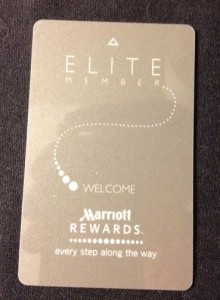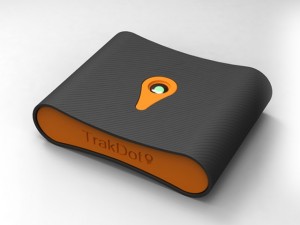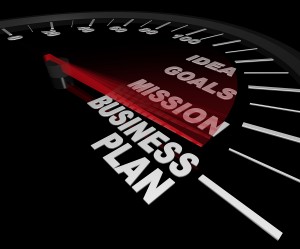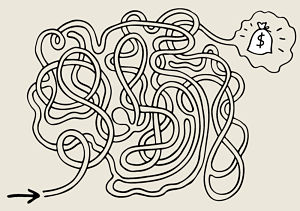Moving your prospects to the next step
May 17, 2013
 When you’re creating any sort of communication aimed at a potential buyer, you want them to do what?
When you’re creating any sort of communication aimed at a potential buyer, you want them to do what?
When I ask this question, I typically hear a range of answers like:
• Know more about our business
• Understand how we’re better than our competitors
• Wonder if we’re the right fit for them
And of course….
• Buy what we sell!
All of that is probably true. But it’s too complicated. No matter how or where we’re communicating with a prospect, what we should want them to do is… take the next step.
Your job is simply moving your prospect to the next step.
That next step might be downloading an ebook, filling out the bounce back postcard to get a no obligation quote, emailing us with questions, signing up for a workshop, clicking on the buy now button or picking up the phone to schedule a meeting.
The answer is…we want them to take the next step in the sales cycle, whatever that may be. You want the reader (or listener or viewer) to do something to escalate the conversation. At that moment – you are talking to them. You want them to talk back somehow. And your copy should tell them exactly what to do.
I can hear you now… “I don’t have to tell them to call me. They’re not stupid. They know it’s an ad.” Very true. They’re not stupid. But they are incredibly busy, fragmented and they’re probably doing three other things while they flip through that magazine that houses your ad or click to the page on your website that has your workshops on it.
A call to action isn’t a remedy for stupid; it’s a remedy for their attention deficit. Its purpose is to get them to step out of a passive role and take a more active one. Because you have about 2 seconds before they change the channel, turn the page or click on the clapping monkey animated GIF that will take them away from your offer.
How do you write copy that captures their attention for that millisecond so they’ll take action?
Be very specific and direct: You need to spell it out for them and it needs to be simple. Click here to sign up or call XXX-XXXX to schedule an appointment. This isn’t the place to be cute or vague. You don’t even have to be polite and add a “please: or “thank you.” Just give them simple instructions that leave no room for doubt.
Focus on the benefit: Remember, you are trying to stop a moving train. They’re halfway to that next click or page turn. To get them to stop that momentum and move in a different direction will take something pretty compelling. Remember that we’re all motivated by the “what’s in it for me” equation so don’t be shy about telling them how they will benefit.
Keep it simple: If what you ask them to do is complicated, requires multiple steps, has complex directions or asks for too much information, — they will just move on. How many times have you started to fill out a form and then looked at how many questions it asked and said, “forget it” as you stopped?
Make it immediate: Sometimes this isn’t possible but whenever you can, make the call to action something they can complete right now in the moment. Remember, they might discover your ad or marketing piece at 2 am or while they’re standing in line at an airport.
For most organizations, a sale is a multi-step, complicated process. So keep that in mind as you create your calls to action. You’ll have a lot more success getting people to take one baby step at a time. Just give them the steps.
More
 Whenever I check into a Marriott, I get a card that looks like this. The word elite indicates that I am a member of their
Whenever I check into a Marriott, I get a card that looks like this. The word elite indicates that I am a member of their  Look at how beautiful it is. (I was in their Magnolia wing) But Marriott assumes that the bland but “prestigious” card is what their most frequent customers would prefer.
Look at how beautiful it is. (I was in their Magnolia wing) But Marriott assumes that the bland but “prestigious” card is what their most frequent customers would prefer.

![image[1]](/images/2013/02/image1-300x200.jpg) For the past decade, we’ve been talking about experiential marketing. It’s not enough to create an awareness of your product — you need to, when you can, connect with your consumers (B2B or B2C) in as tangible and memorable a way as possible.
For the past decade, we’ve been talking about experiential marketing. It’s not enough to create an awareness of your product — you need to, when you can, connect with your consumers (B2B or B2C) in as tangible and memorable a way as possible.![image[4]](/images/2013/02/image4-300x200.jpg) A great example is what the folks at Axe have been up to. They’re launching a new line of product called Apollo.
A great example is what the folks at Axe have been up to. They’re launching a new line of product called Apollo.
 Let me paint you a picture.
Let me paint you a picture.









